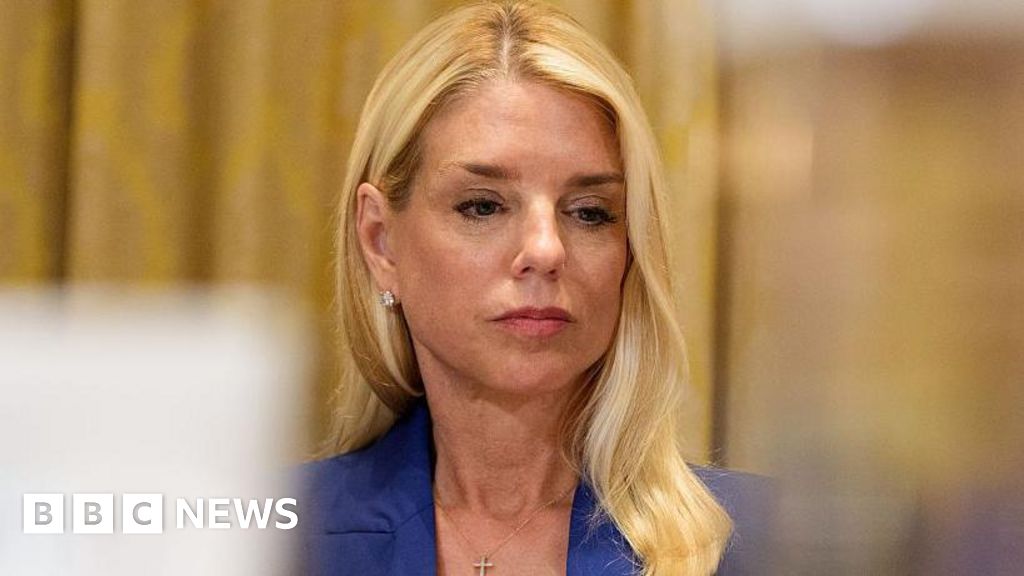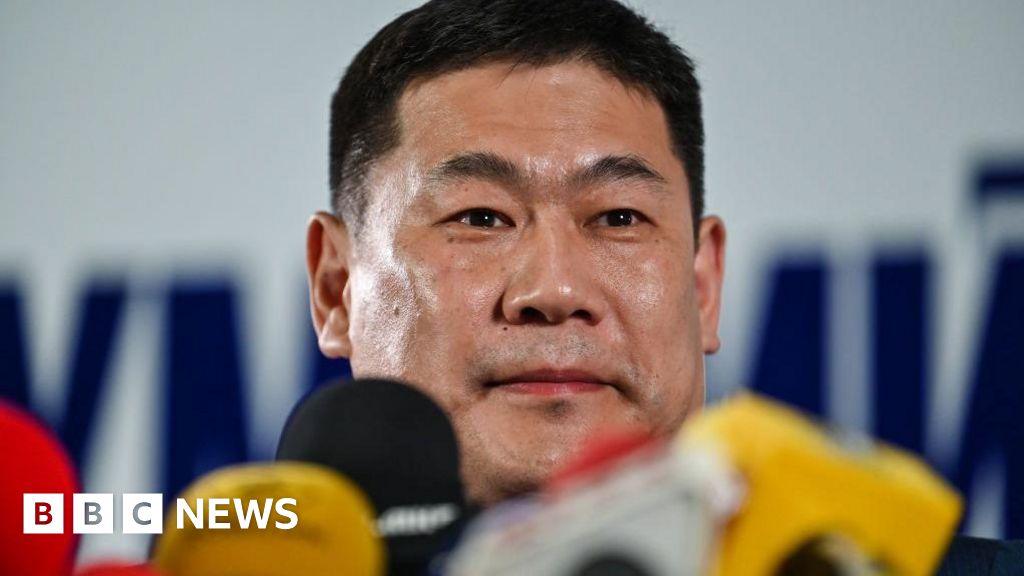ARTICLE AD BOX
House Republicans are warning their Senate counterparts against lowering spending cut targets for a massive legislative package containing the bulk of President Trump’s agenda.
The two chambers have been engaged in a tug of war over the first step in the process of enacting the president’s agenda — adopting a unified budget resolution with instructions for committees on spending and tax cut targets they need for reconciliation legislation.
That budget is key to unlocking the Senate filibuster-proof power of budget reconciliation, which will allow Republicans to pass their priorities without Democratic votes.
The Senate, worried about running afoul of the strict reconciliation rules that enable the chamber to skirt a filibuster, is considering setting arbitrarily low spending cut floors for its committees that could total as little as $3 billion over a decade.
House Republicans are irked, having adopted a budget resolution that set an overall floor for its committees of $1.5 trillion with a goal of pushing that up to $2 trillion.
“If you take $3 billion over 10 years, that’s $300 million a year. We borrow in one hour almost that,” said House Budget Committee Chairman Jodey Arrington, Texas Republican.
Even though the Senate is planning to leave the House spending cut instructions in place, Mr. Arrington and other House Republicans questioned whether a budget with low targets for the Senate could clear that chamber, let alone the House. Both chambers need to adopt identical budgets to unlock the reconciliation process.
“I think they don’t have the votes to pass it out of the Senate with those instructions,” House Freedom Caucus Chairman Andy Harris, Maryland Republican, told The Washington Times.
He said the Senate should use the House budget as a starting point and “end up pretty close to it,” or risk upsetting the shaky coalition of support in the lower chamber.
“I think we crafted a careful compromise on a variety of issues like the debt ceiling, deficit reduction,” Mr. Harris said.
In addition to considering lower spending cut targets, the Senate has discussed raising the $4 trillion debt limit increase the House budget calls for to $5 trillion to ensure it provides enough room to get through the 2026 election. House Republicans had trouble getting to the $4 trillion increase and only sold fiscal hawks on it because of the $2 trillion spending cut goal.
Senate Majority Leader John Thune, South Dakota Republican, said his chamber is committed to working with the House to achieve “maximum savings” in the final reconciliation package. He said setting a low spending floor in the budget instructions to Senate committees is “simply a function of Senate rules.”
“If we fail to meet a single savings instruction — even by a dollar — we lose our ability to consider the legislation under reconciliation rules and the simple majority threshold,” Mr. Thune said. “And so we have to be careful not to miss the mark on this and to provide flexibility as we chart our bicameral course.”
House Majority Leader Steve Scalise, Louisiana Republican, suggested the Senate still had time to reverse course when asked if the House would consider tweaking the budget again.
“Let’s see what they come up with. They still have time to put those real numbers together,” he said.
Mr. Scalise said it took House Republicans a month and half and tons of meetings — “they weren’t all cordial” — to settle on their targets because of the need for political compromise among differing factions within their narrow majority.
“The Senate’s got to do the same process that we experienced, because they have similar dynamics on their side,” he said. “They have fiscal hawks. They have moderates. They have all the same dynamics.”
Rep. Ryan Zinke, Montana Republican, said the Senate’s plan to use an alternative baseline that would effectively wipe away any cost to permanently extending tax cuts already in law adds to his concerns about their low spending cut targets.
Individual and small business tax cuts enacted during Mr. Trump’s first term are set to expire at the end of the year if Congress doesn’t act. The Congressional Budget Office estimates that permanently extending them would cost $4.6 trillion over the next decade under the traditional “current law” baseline they use.
The Senate wants to use a “current policy” baseline that would zero out that cost. New tax cuts, like Mr. Trump’s proposals for exempting tips, overtime pay and Social Security benefits, would still cost billions, if not trillions.
“Whatever we save, that gives us latitude for taxes, but there’s not an appetite to go in debt doing this thing,” Mr. Zinke told The Times. “And there’s not an appetite for cooking the books by saying, ’Well, we’re not going to count present law, or we’re going to make an unrealistic growth curve.’”

 3 months ago
63
3 months ago
63








 English (US) ·
English (US) ·